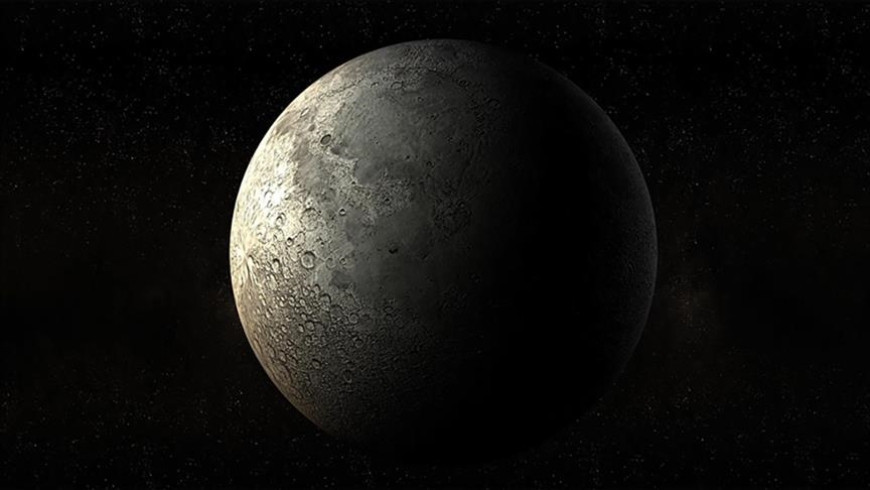Türkiye plans over 60 Moon missions in next decade
60 scientific missions on the Moon over the next decade as part of its
efforts to secure a larger role in global lunar research. The country’s
lunar program involves the development of high-tech products to measure
radiation, image the Moon’s surface, and investigate the origin of water
on the lunar surface.
The Earth-Moon economy, driven by major
players in lunar exploration, is expected to reach a cumulative value of
$150 billion by 2040, according to data compiled by Anadolu.
NASA-led
initiatives, including Gateway, the International Laser Ranging
Service, and Artemis, are working to establish a permanent human
presence on the Moon.
These programs aim to turn the Moon into a refueling station, using space resources to support deep-space exploration.
Under
its National Space Program, Türkiye is preparing for its first lunar
mission by 2028. The country aims to become a leading player in lunar
research by reaching the Earth’s satellite onboard a domestically
produced spacecraft with a homegrown propulsion system.
Türkiye’s
lunar program includes the development of a range of technologies, such
as a lunar telescope, a narrow-field radiometer, radiation dosimeters,
calorimeters, and high-resolution cameras for surveying and imaging the
Moon’s surface.
The program’s objectives include determining the
origin of water on the Moon’s surface, studying the structure of
magnetospheres, analyzing temperature distribution on the lunar surface,
and assessing radiation levels both on the Moon and in Earth’s orbit.
Through
its National Space Program, Türkiye is positioning itself to contribute
to the rapidly expanding global space and lunar economy.
Three
main areas shape the lunar economy: transportation to the Moon, data
collection from the Earth’s satellite, and resource assessment. Türkiye
can contribute to these areas with its own capabilities and ecosystem.
Achieving
this goal involves many industries beyond just the space sector.
Sectors including automotive, construction, robotics, communications,
mining, healthcare, and transportation also contribute greatly to the
lunar economy.
– Ever-growing lunar economy
The lunar
transportation market is expected to reach $79 billion by 2040. This
includes the development of launch systems, orbital transportation, and
surface landing systems, as well as operations support and mission data
processing.
Key components of this market involve satellites,
landing gear, surface exploration vehicles, landing and navigation
systems, spacecraft operations, communications, data transfer, and
mission data processing.
The market for lunar data generation,
which covers production, transportation, remote and on-site exploration,
pre-processing, storage, transmission, and analysis, is projected to
total $8.3 billion by 2040.
Additionally, the exploration,
extraction, transportation, refining, production, and supply of lunar
resources is estimated to reach a market size of $64 billion by 2040.



